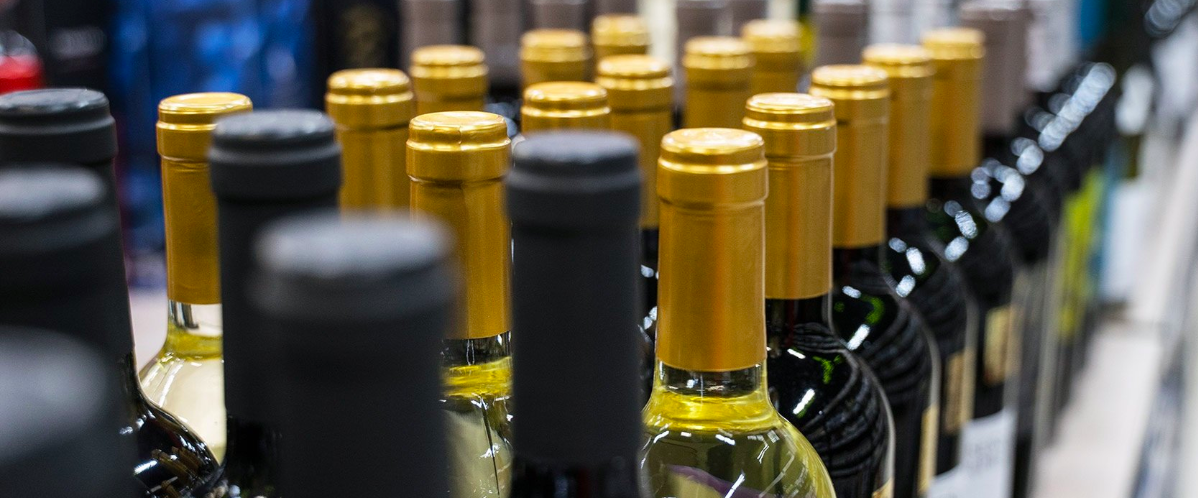A groundbreaking study published in the May 2 issue of the journal Nature Mental Health has shed light on the profound impact of the COVID-19 pandemic on the drinking behaviors of young adults. Contrary to initial assumptions, the research reveals a significant reduction in alcohol use and related problems among heavy-drinking individuals during and after the pandemic’s peak.
Led by Kasey Creswell, an associate professor of psychology at Carnegie Mellon University, the study delved into the drinking levels and patterns of 234 young adults aged 21 to 29, characterized by frequent binge drinking prior to the pandemic. Unlike previous research, which predominantly relied on retrospective data, this study prospectively tracked participants’ drinking habits from before the pandemic through its peak and into the subsequent years.
Before the pandemic, these individuals had reported engaging in binge drinking at least four times a month. The team collected data every six months from February 2018 to March 2022. The findings are striking: participants notably reduced both the quantity and frequency of their alcohol consumption during and after the pandemic’s onset. On average, they cut their monthly alcohol intake by nearly 13 drinks and reported significantly fewer alcohol-related issues. Importantly, these positive changes persisted for up to two years following the pandemic’s onset.
Creswell attributes these shifts to the altered social landscape wrought by pandemic restrictions. While alcohol remained accessible, the contexts in which young adults typically consumed it—such as social gatherings and bars—were severely curtailed. Aidan Wright, a contributing author on the study and a professor of psychology at the University of Michigan, underscores the pivotal role of social settings in driving drinking behavior. He emphasizes that alcohol is inherently a social drug, and its consumption often mirrors social dynamics.
While the study observed a decrease in negative emotions during the pandemic, there was no significant change in the use of alcohol as a coping mechanism. Nonetheless, solitary drinking did see a slight uptick, albeit relatively modest given the constraints on social drinking settings. Creswell suggests that this increase in solitary drinking may be less indicative of problematic behavior and more a consequence of pandemic-related restrictions.
However, the study has its limitations. It primarily focused on a predominantly white population of legal drinking age, raising questions about its generalizability to other demographics. Creswell underscores the need for future research to explore the pandemic’s impact on alcohol consumption across diverse populations.
Nevertheless, the study’s findings offer a glimmer of hope amidst the pandemic’s challenges. For a subset of young adults grappling with heavy drinking, the upheaval brought about by the pandemic appears to have catalyzed positive, lasting changes in their alcohol consumption patterns. As the world grapples with the aftermath of COVID-19, this research underscores the profound societal shifts that emerged in its wake, particularly in the realm of substance use and mental health.
For further details, the study titled “Changes in Alcohol Consumption and Alcohol Problems from Before to After the Onset of the COVID-19 Pandemic: A Prospective Study in a Sample of Heavy Drinking Young Adults” is available in Nature Mental Health (2024).











